Understanding the Difference Between Outputs and Outcomes
When measuring your nonprofit’s success, it’s important to understand outcomes versus outputs – and how to measure each one.
by Sandi Vidal, VP of Community Strategies and Initiatives at Central Florida Foundation
You will often hear me say that we outsource our most difficult social issues to nonprofits, and they are under-resourced to solve them. That doesn’t mean good work isn’t happening in the community, but are things getting better?
To be fair, not all nonprofits are set up to solve community problems. Many organizations focus on meeting people where they are and helping with basic needs such as food, shelter, and clothing. There are others entrenched in finding solutions. The question is, how are we tracking and measuring how funds are used, and whether or not they did what they were intended to do?
Impact as a measurement is a bit deceptive. The reality is that it takes a long time (often years) and regressive analysis to determine what the overall impact of an intervention actually has been. We throw the word around like it is easy to measure; but, in reality, it isn’t.
So, what can we measure?
We can measure the outputs and the outcomes of programs and interventions. The important thing here is to track each one of these with the correct measures.
Let’s start with defining them. Output is defined as the amount of something produced by a person, machine, or industry. In the nonprofit world, it is more commonly defined as the activities, programs, or services provided. Examples would include the number of people served or how many people participate in a particular program. Outcomes are a way of assessing if a program or service is achieving its intended results. Examples would be changes in behaviors, new skills learned, or health status.
Determining what your outputs and outcomes should be starts with your mission and ends with your goals. What are you trying to accomplish and how do you know if you have achieved it? From a funder standpoint, what changed because of the grant?
So, if your mission is to solve world peace by teaching people to sing in perfect harmony, you would start by setting some goals:
- Choose a song.
- Offer voice and musical instrument lessons.
- Hire a choir director.
- Get everyone singing.
Your outputs would include the number of people who signed up to sing or play an instrument, choosing the song, and hiring the choir director. Your outcome would be everyone playing and singing the same song once they learned it. They didn’t know it before, and they do now. They have a new skill. Your impact over time would be if everyone singing in perfect harmony brought the world together and eliminated division and mistrust.
When you are measuring outcomes, think about it from the standpoint of before and after. Not as a one-time event, but longer-term change. Because we gave people a new skill, they were able to earn more money. Because we provided counseling services, their mental health improved by 25%.
Measuring outputs and outcomes is important for you to know if you are meeting your goals, producing the desired results, and over time making an impact.
About Sandi Vidal: Sandi is just a girl trying to change the world one day at a time. She serves as the Vice President of Community Strategies and Initiatives for the Central Florida Foundation. Within her role at the Foundation, Sandi works on a variety of initiatives including the Sustainable Development Goals, Poverty Alleviation, and Social Justice, and is the Staff Liaison for the 100 Women Strong Giving Circle. Sandi is a graduate of the University of Miami School of Business with a degree in Business Administration and a die-hard Cane in a house full of Noles. She has over 15 years of nonprofit leadership and over 20 years of Business Management experience.

